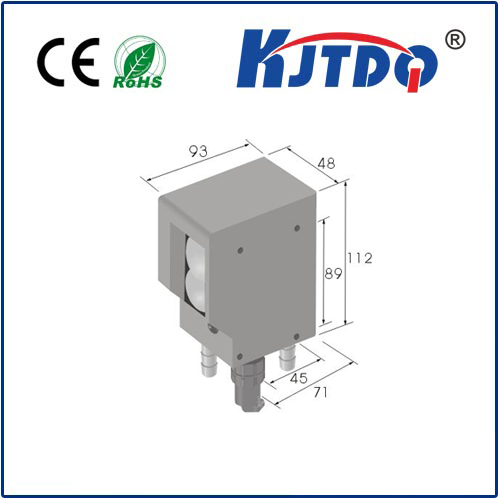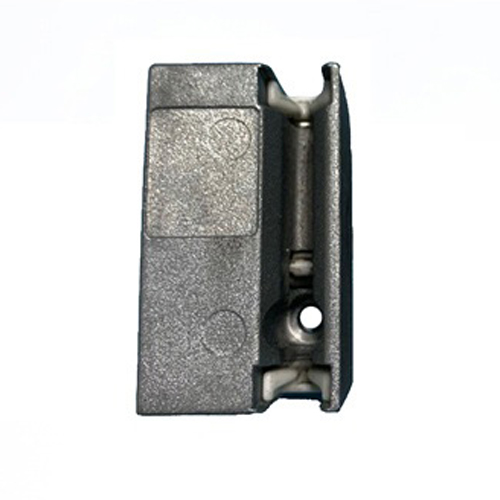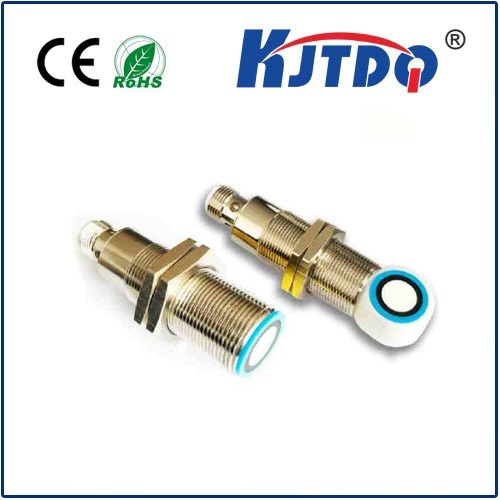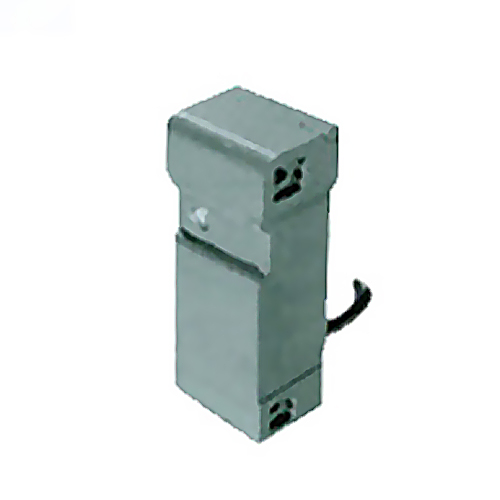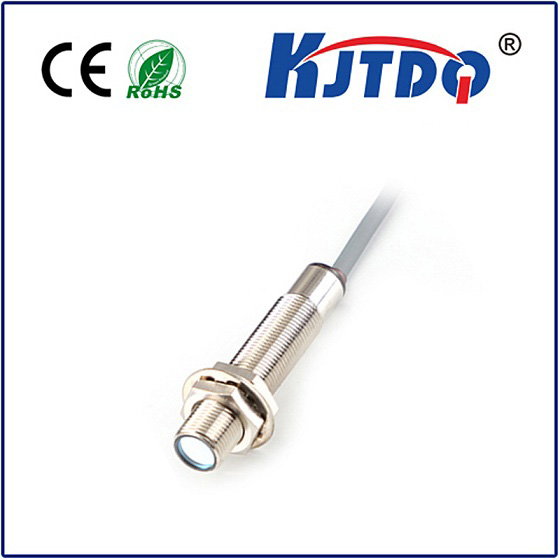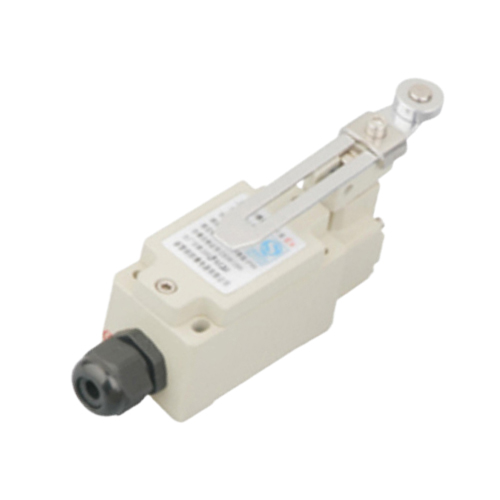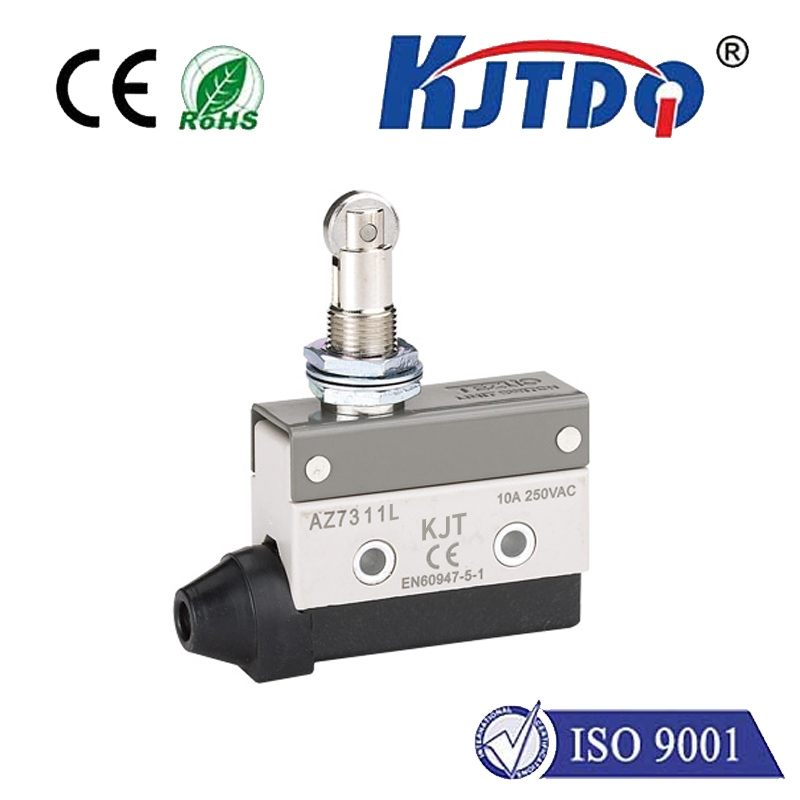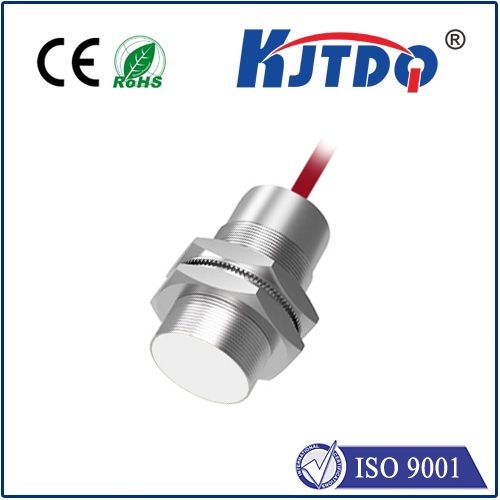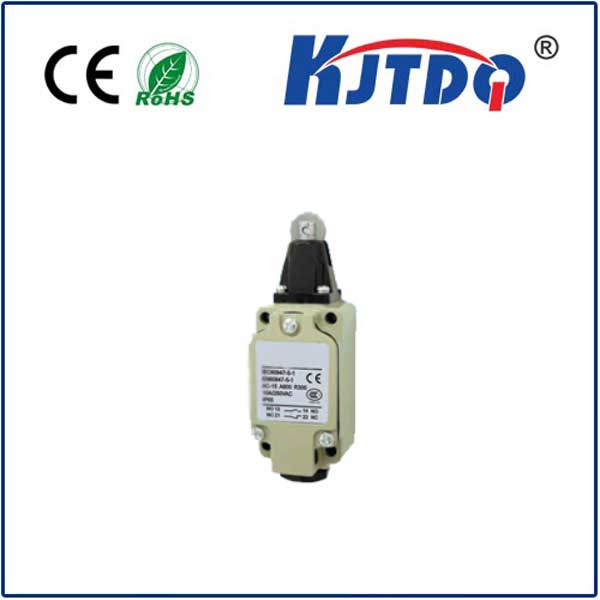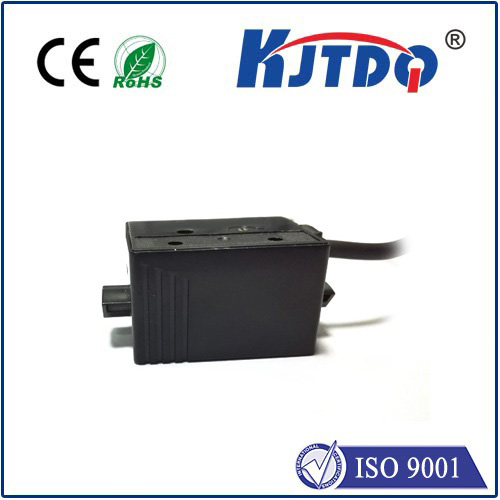DQK-10A-45A Pull rope switch
- time:2025-09-23 04:52:03
- Click:0
DQK-10A-45A Pull Rope Switch: Your Essential Conveyor Safety Sentinel
Imagine this: a critical moment on a busy conveyor line. A worker spots a jam, a potential entanglement, or an emerging hazard. In a split second, pulling a cable running the length of the machinery halts operations instantly, preventing injury and damage. This life-saving capability is the core function of the DQK-10A-45A Pull Rope Switch, a fundamental and widely relied-upon safety device in industrial settings worldwide. Understanding its design, operation, and significance is crucial for any operation prioritizing workplace safety and machinery protection.
What is a Pull Rope Switch?
Often called an emergency stop switch or emergency pull cord, a Pull Rope Switch is a mechanically actuated safety interlock. Its primary purpose is to provide a quick and accessible means to stop machinery, especially long conveyors, from multiple points along its run. Unlike a single push-button emergency stop (E-stop), the rope switch offers a continuous “stop” line, dramatically increasing the chances an operator can reach it in an emergency, no matter their position relative to the hazard.
The DQK-10A-45A: Decoding the Designation
The model number “DQK-10A-45A” provides specific technical details about this particular switch:

- DQK: Typically denotes the manufacturer’s series or product line code (common in industrial component naming conventions).
- 10A: Indicates the rated current capacity of the switch contacts, 10 Amperes. This defines the maximum electrical load the switch can safely interrupt.
- 45A: This is slightly unusual as pull rope switches primarily handle control circuits. Likely, this refers to the rating of the contacts when used in specific configurations (e.g., directly interrupting a higher current load) or potentially relates to a thermal rating for the fuse/supplementary protector often required alongside it in higher-power scenarios. Always confirm the exact meaning in the product datasheet. Crucially, the 45A marking often signifies robust construction suitable for demanding environments.
How the DQK-10A-45A Pull Rope Switch Operates
The operation is ingeniously simple yet highly effective:
- The Rope: A durable, usually brightly colored (like yellow) rope or cable is installed along the length of the hazardous area (e.g., both sides of a conveyor).
- The Switch Unit(s): One or more pull rope switch units (like the DQK-10A-45A housing) are mounted at strategic points. The rope is threaded through these units under slight tension.
- Mechanical Linkage: The rope connects directly to an internal actuation lever or mechanism within the switch housing.
- Emergency Activation: Pulling the rope in any direction or at any point along its length creates slack. This slack movement pulls the internal mechanism.
- Contact Action: This mechanical action forces the switch’s normally closed (NC) contacts to open immediately, breaking the electrical safety circuit.
- Machinery Halt: Breaking this critical safety circuit immediately signals the machine’s control system (like a PLC or safety relay) to initiate a safety stop (Category 0 or 1 stop, depending on configuration). This typically cuts power to drives and brakes the machinery safely.
Key Features and Robust Construction
The DQK-10A-45A is built for the harsh realities of industrial environments like mining, aggregate processing, material handling, and manufacturing:
- Robust Housing: Typically heavy-duty metal or reinforced engineering plastic, offering excellent resistance to impact, dust, moisture, and vibration. Look for high IP (Ingress Protection) ratings like IP65 or IP67.
- Reliable Contact Mechanism: Engineered for positive snap-action to ensure definite contact opening and high electrical reliability. Gold-plated contacts are common for low resistance and longevity.
- Clear Visual Indication: Features a brightly colored flag or indicator that visibly pops out when the switch is tripped, allowing quick identification of the actuated unit from a distance.
- Manual Reset: Safety requires that after an emergency stop, the system cannot restart automatically. The DQK-10A-45A includes a manual reset mechanism (often a twist, pull, or push action on the housing) that must be physically performed to close the contacts and restore the safety circuit after the hazard is cleared.
- Mounting Flexibility: Designed for easy mounting on conveyor structures or machinery frames. Multiple units can be linked along a single rope run.
- Corrosion Resistance: Critical components often feature stainless steel or protective coatings.
Critical Applications Where Safety Demands a Pull Cord
Pull rope switches like the DQK-10A-45A are indispensable wherever long, potentially hazardous machinery operates:
- Belt Conveyors: The quintessential application – along transfer points, elevated sections, crushers, sorting areas. Protecting personnel from nip points, moving belts, and falling material.
- Screw Conveyors/Augers: Preventing entanglement during operation or maintenance.
- Bucket Elevators: Along the casing for access during jams or spillage.
- Processing Lines: Near crushers, screens, mixers, and other heavy equipment.
- Packaging Lines: Long automated lines where access points exist.
- Material Handling Systems: AGVs (Automated Guided Vehicles) charging stations or specific zones.
Why the DQK-10A-45A is a Vital Safety Component
Integrating reliable emergency pull cord switches is not just good practice; it’s often a legal requirement mandated by occupational safety regulations (OSHA, EU Machinery Directive, local equivalents) and industry standards (ISO 13850, ANSI B11, etc.). The DQK-10A-45A specifically offers:
- Enhanced Personnel Safety: Provides workers immediate access to an E-stop function from any point along the hazard zone, drastically reducing response time in an emergency.
- Asset Protection: Prevents catastrophic damage caused by jams, overloads, or component failure escalating due to delayed shutdown.
- Compliance Assurance: Helps facilities meet stringent safety standards and regulatory mandates, avoiding fines and liability.
- Operational Reliability: Its robust design ensures dependable operation even in dirty, wet, or high-vibration environments, minimizing false trips and downtime.
- Clear Status Indication: The positive visual lockout (flag) instantly communicates that the switch has activated, aiding troubleshooting.
Installation and Maintenance: Ensuring Optimal Performance
For the DQK-10A-45A to perform reliably:
- Correct Installation: Follow manufacturer guidelines precisely for rope tensioning, switch mounting orientation, spacing of units, and proper wiring to the machine’s safety control circuit (typically a monitored safety relay/PLC input).
- Routine Inspection: Regularly check the rope for cuts, fraying, or kinks. Ensure it moves freely and isn’t obstructed. Verify proper tension.
- Functional Testing: Perform periodic trip tests (pulling the rope at various points) to confirm the switch activates correctly, opens the safety circuit, locks out visibly, and requires a manual reset. Document these tests.
- Environmental Care: Keep switch hous






